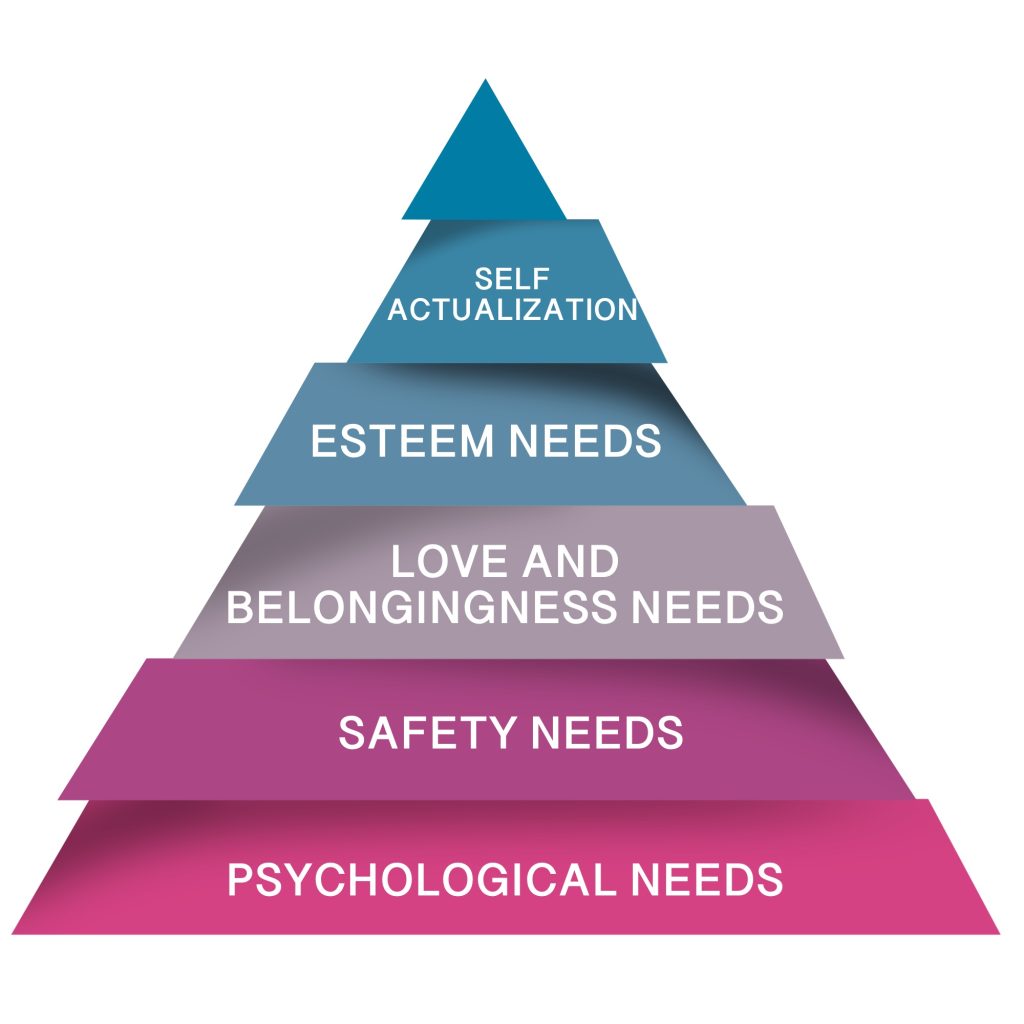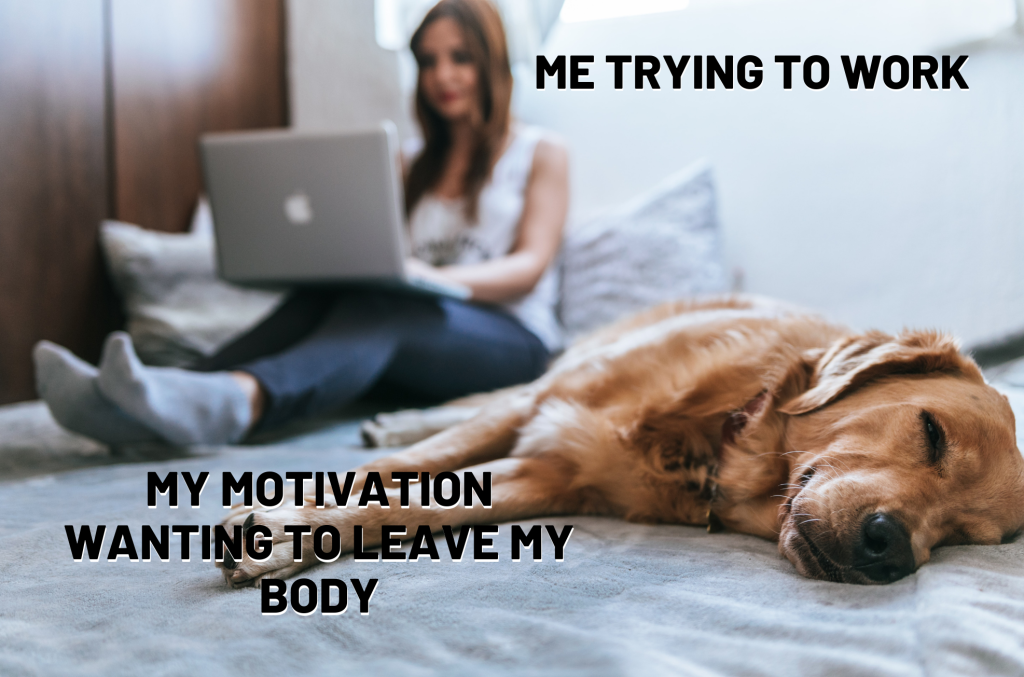MODULE 10
Motivation and self-management
WE RECOMEND USING DESKTOP DEVICES WHILE TAKING OUR E-COURSE
WATCH THE SHORT INTRO VIDEO
YOU WILL LEARN:
- Personality types
- What is motivation?
- Setting goals
1.
what is Motivation
We all dream of having a nice house, or a great apartment, a happy relationship, to travel the world or have a well-paid job. These are wishes. Desires. They will become goals only when we start planning. We have to be able to formulate what will be a great job for me, what makes the relationship happy, what makes the apartment good! The moment we formulate these we can start planning, and here already we talk about motivation as well.
Why is it that we are all born with limitless potential, yet few people fulfill those possibilities?
Motives create a complex system from all over the world for various actions.
The root causes of our actions are the impulses triggered by the appearance of a need. Some can be biological (like hunger), or personal (I want to be the best in my team) or even social (I have to help this person). The impulses that focus on soothing the behavior are called motivation. In a broader sense, all targeted behavior is called motivated behavior. Motivation practically describes why a person does something. All goal-oriented behaviors are driven by the process of motivation that initiate, guide and maintain this behavior.
There are many motives behind one’s behavior. We distinguish two main types of human motivation: extrinsic or intrinsic.
Extrinsic(instrumental) motivation is a motivation that arises from outside and to achieve a goal an external factor plays a role in the motivation of behavior. This factor can be an award, a trophy, money, recognition, praise, etc.
-Intrinsic (self-rewarding) motivation is a motivation that comes from inside. When we talk about such motivation when the motivation for action is the enjoyment of action itself. We are doing the action purely for our own satisfaction to solve something or achieve something.
If we have an inner drive to solve our why it is always more satisfactory than reaching a goal to receive an award.
In case of extrinsic motivation, we also act not only to reach a goal but as well to avoid a punishment.
Different levels of extrinsic motivation exist, based on how motivated behavior is under the control of the environment. The four levels are as follows:
-In the case of externally regulating motivation, behavior depends on reward or punishment. The goal is to get a reward or avoid punishment. Motivation is regulated by the outside world.
-In the case of the introjected regulation, the rewards and punishments have become internal, and motivation is based on them. In this case, action is motivated by pride, self-esteem, or the avoidance of shame, anxiety.
- Regulation through Identification-In this case, the person consciously perceives the importance of the given action and considers it personally important.
- Integrated control: the most autonomous way of regulating extrinsic motivation.
Robert Vallerand distinguishes three types of intrinsic motivation:
-The intrinsic motivation for knowledge: action, learning and understanding are what motivates.
-The intrinsic motivational behavior for development and creation is the joy to exceed our self and creative activity.
-In the case of intrinsic motivation to experience pacing and experience, we are looking for pleasant experiences and feelings that are usually sensory or aesthetic.
Examining the relationship between extrinsic and intrinsic motivation, it was found that if we motivate an action externally, for example, we reward, then our inner intrinsic motivation decreases.
We should also mention the possible reasons for the lack of motivation. The lack of motivation can be interpreted by some belief in action and personality:
-Absence of beliefs: a person feels they do not have the skills to carry out the action.
-The beliefs about the strategy: the person believes that possible strategies do not lead to results.
-The beliefs about the effort: the person believes that achieving the goal is too much effort, which he/she is not willing to do.
To find our motivation in all cases we do have to find our why and set our goals.
2.
Setting goals
One of the most used models for goal setting is the SMART goals. SMART is an acronym, giving criteria to guide in the setting of goals. It is not only useful in projects, but also in self-management. A SMART goal is a carefully planned, clear and trackable objective. SMART goals were established first in 1981 as management goal setting criteria. Later on, some authors have added additional letters giving additional criteria and it became SMARTER
s
Specific - What? Why? Where? Who? What kind of?
m
Measurable - How much? How do I know I achieved it?
a
Achevable (Attainable) - How (is the goal achieved)?
r
Relevant (Realistic) - Worth it? Is it time for this now? Is it in line with my needs?
t
Timely - When? What can I do forittoday / in half a year?
e
Evaluate
r
Reevaluate
Considering resources and obstacles
Resources could be any kind of equipment (laptop, mobile phone, printer, scanner), supplies (specific good or service that is available, e.g., Wi-Fi), or places (room/office) to help you perform your tasks. One of the most important resources is time and the human resource (do we have anyone who will support, help us achieve our goals). Think of an everyday example for your daily comfort you need food, electricity, communication devices, transportation tools, etc. Take a moment here and remember Maslow’s pyramid. Need for different things in different levels. So, your task is: Survey resources (time, support, money, etc.) and practice Resource assessment can affect motivation and goal selection (make a pro-con list)
Efficient planning of workflow
Project plan: we need to develop a work plan and a realistic timetable, taking into account the obstacles and resources.
We have to have a planning tool, a list, or a question line
There are many useful applications you can use
- Slack
- Trello
- Bitrix24
Realization step-by-step
Bear in mind – When new circumstances occur, intermediate goals need to be set and managed flexibly, as a respond to the newly created situation(s)
Maintaining motivational balance
In the sense of self-management skills, it is important to prepare for low motivation, to deal with unforeseen obstacles and disappointment. Everyone needs different motivation. Some people are Ok by setting a goal and achieving it. Others nonetheless need an outside help. They need a coach (can be a partner or a friend) who will remind them from time to time to keep on working on achieving the goal. It is useful to have a person who is going to be the outside “control” for you.
3.
Soft skills for remote work: motivation and self-management
4.
Maslow’s pyramid
What is it that motivates you?
How do we know our borders?
How do we know what impact do we have on others?
Well, to act, to get to know our skills, we need motivation. And when we talk about motivation, we have to mention Abraham Maslow.
Maslow's hierarchy of needs model, or the "Theory of Human Motivation „pyramid”
Abraham Maslow developed the theory of the relationship between different needs. He differentiated the biological deficiency motives, the basic needs (deficiency needs) from those that serve more efficient social integration, like self-esteem or self-actualization that are higher needs (growth needs). Needs lower down in the hierarchy must be satisfied before individuals can attend to needs higher up.
Human needs as identified by Maslow:




